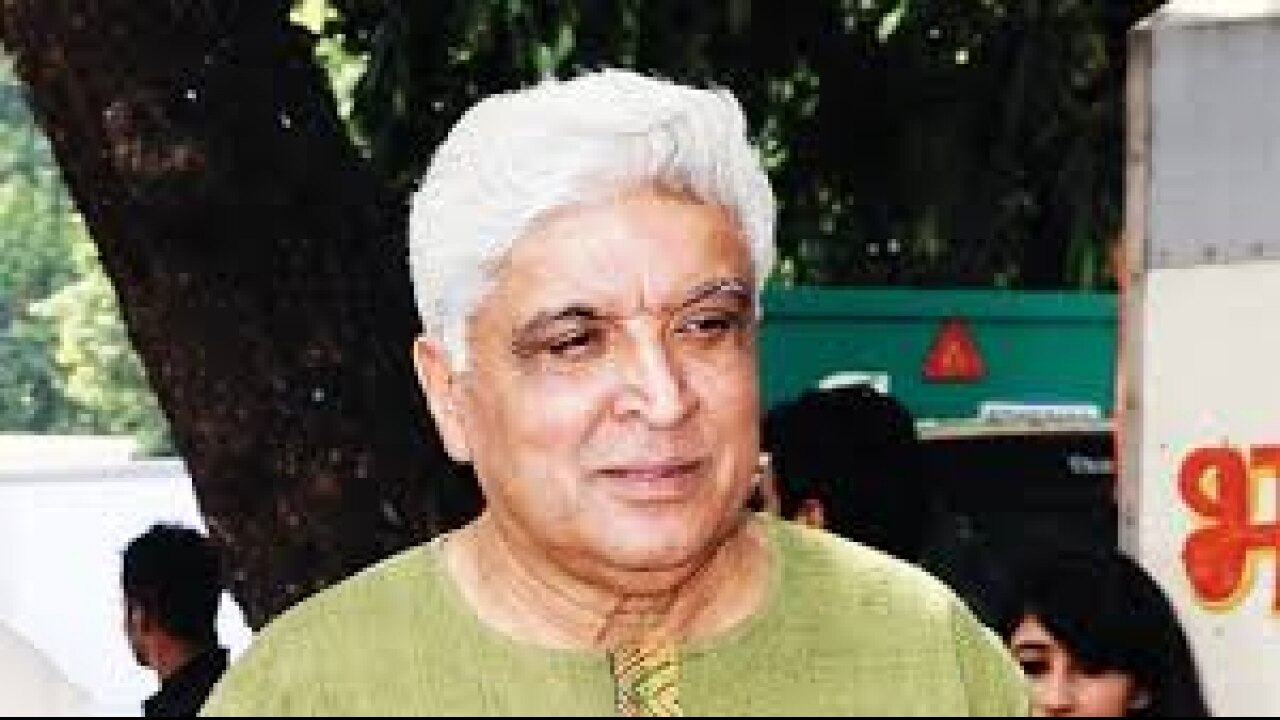
After praising poet Javed Akhtar’s keynote address at a classical music seminar (Music Forum, Mumbai) with overflowing awe, the compere added, “We now come to the monotonous part of the function — giving awards.” Veteran Hindustani classical musicians N Rajam and Veena Sahasrabuddhe headed the list of artistes honoured by the man best known as Bollywood’s ace screenplay writer.
I am sure that “monotonous” was a slip of the tongue, especially at an event organised with so much forethought, elegance and dignity. However, it did spotlight the inescapable lure of mainstream cinema. For a classical musician to acquire the same kind of glitz, he/she would have to adventure in films, or jam with world music bands on international platforms. In other words, play music which is not strictly what we would call high classical.
In an earlier session, the same seminar featured a talk on new frontiers opened by the social media, and the consequent transformation of the very concept of creativity. No longer a strictly private activity, creativity can now also be collective global collaboration — an Indian sitarist jamming with a Nigerian drummer and a Romanian guitarist.
Nor is music confined to a live audience — big or small. From your humble home studio, you can be accessed by the whole world. Market and monetization have acquired unforeseen meanings in the new context. With Twitter and Facebook, musicians can talk directly to fans everywhere. With virtual reality’s three dimensional projection, listeners can be deluded into believing that they are actually sharing the artiste’s personal space. And certainly, technology has made it possible for classical musicians to acquire the kind of glitz confined to pop/film artistes. But not if they confine themselves to the classical music idiom alone.
The senior classical musicians at the seminar were visibly appalled. Someone groaned aloud, “My beliefs of 82 years have become irrelevant!” I remembered how, asked if she regretted having so few listeners, the inimitable Carnatic vocalist T Brinda had replied, “Everybody cannot be so lucky.”
Today classical musicians have to adapt themselves to rapid changes. Craving for popularity cannot be smothered. Technology cannot be ignored. Electronic gadgets are intrinsic to performance now. The once sacrilegious concept of “marketing” has become a necessity. Vocalist Ashwini Bhide in the audience may mutter, “I have my raga and sadhana, no time for anything else,” but digital media are very much a part of the gen-next musician’s daily routine.
But how do you maintain the values of your classical tradition, while adjusting to changing methods and goals? Surely, ignoring change cannot be protection against its impact, or onslaught if you will!
This fear of tech-driven change is not merely the reaction of the hidebound. The serious musician recognizes that technology and marketing are all about reaching out, joining the din without, while classical arts, essentially, are meditative, inward journeys into the depths of the soul. How to find that still centre within in the chaotic, hazardous, misleading jungle?
Ustad Zakir Husain admitted bluntly, “In the age of instant gratification, we artistes have turned a spiritual pursuit into a business.” But he also explained how he has laid down some ground rules to maintain the core values of his heritage.
Finally, ironically, Zakir Husain quoted Javed Akhtar to explain that genuine art is not temporary “timepass”. It makes you think and feel beyond the moment. So, the question in the new age is simply this: how can we make the audience see that we need such art to nourish our culture, and nurturing this live art is our joint responsibility?